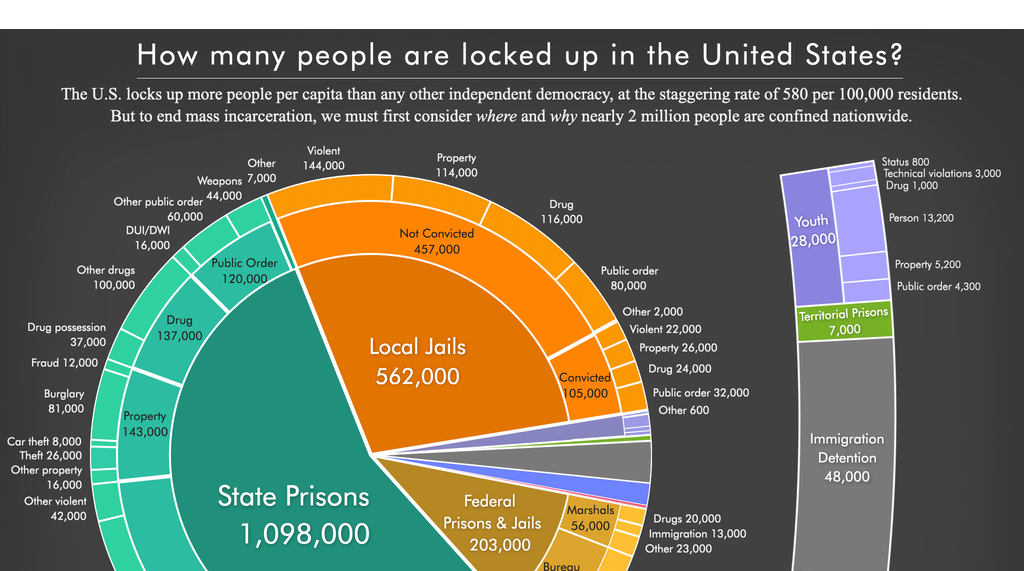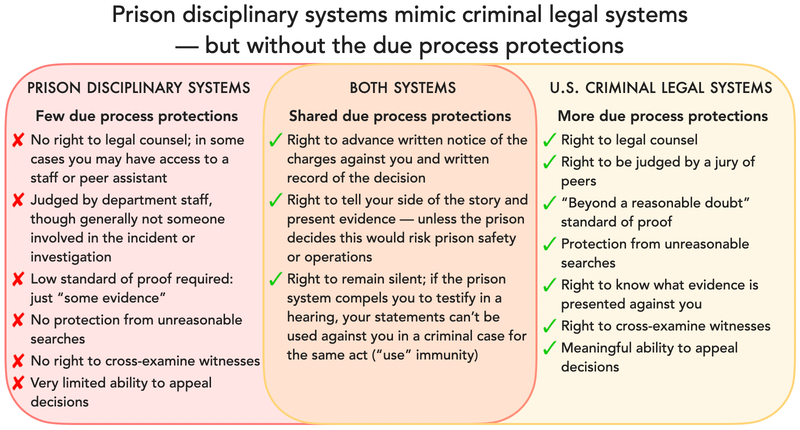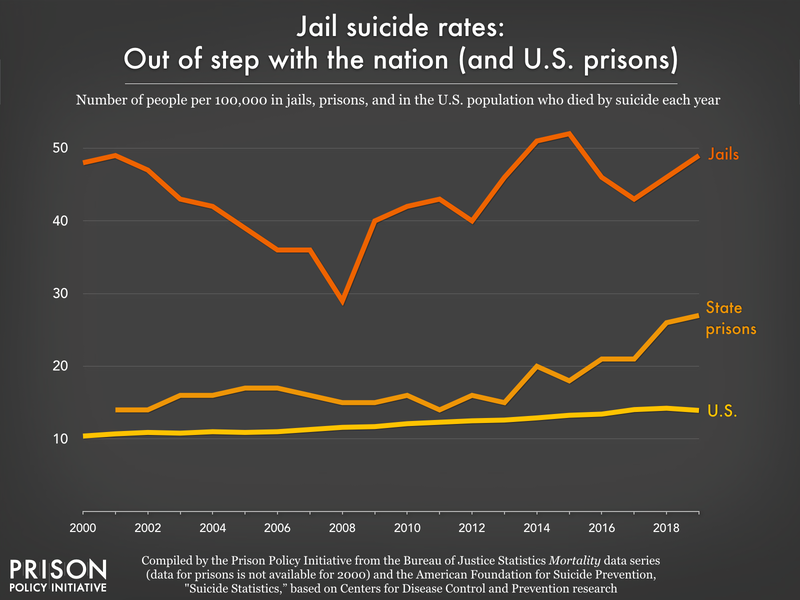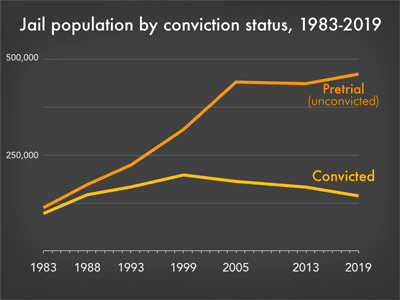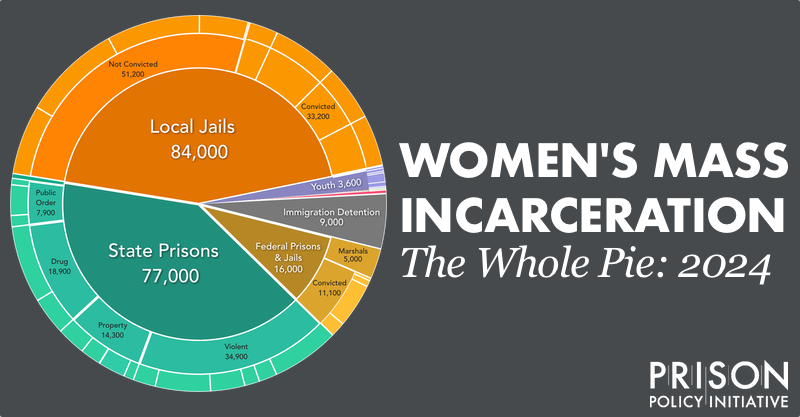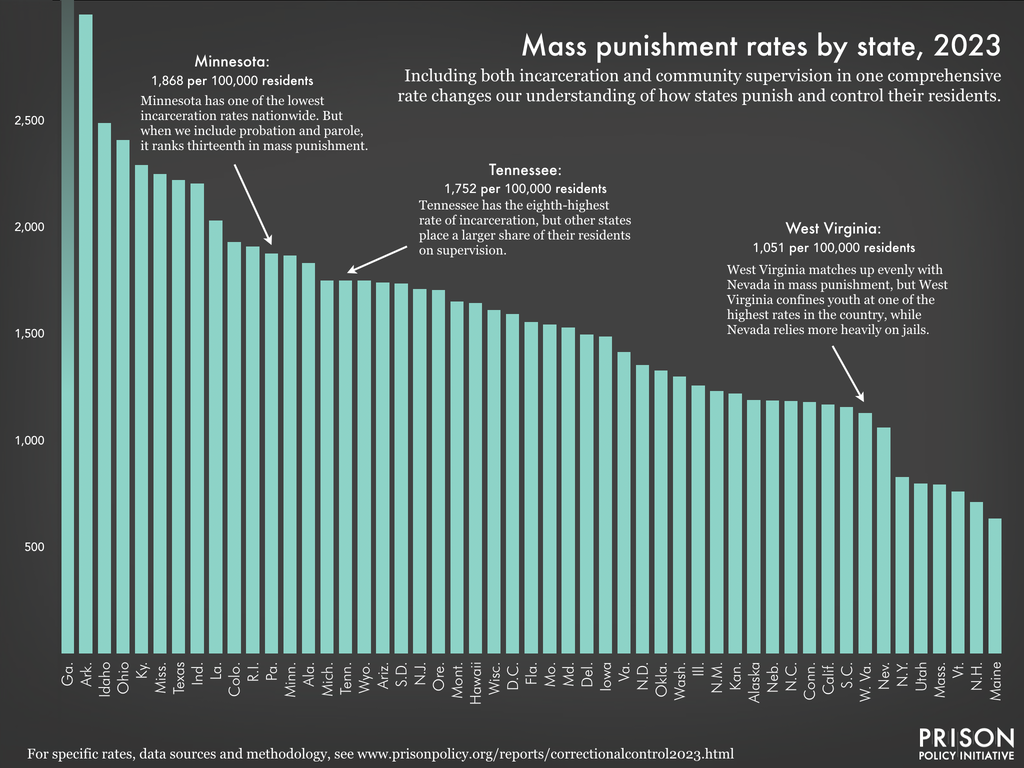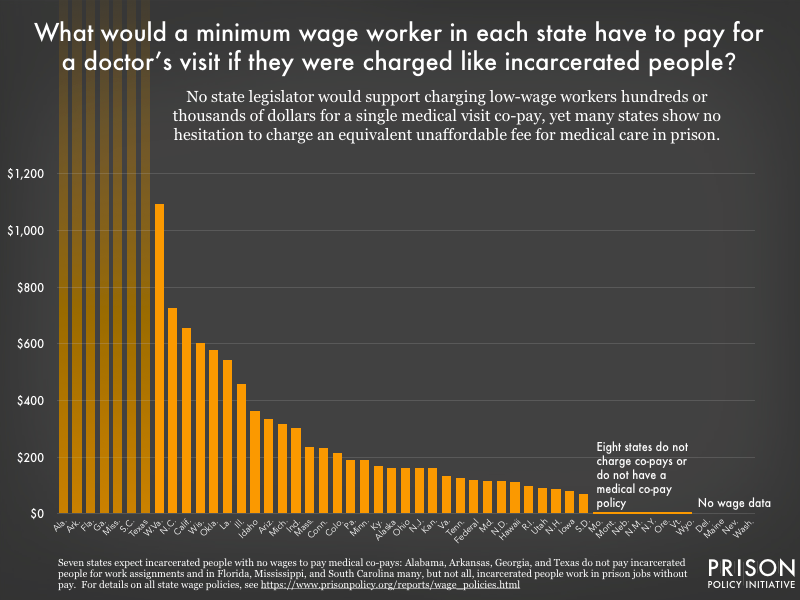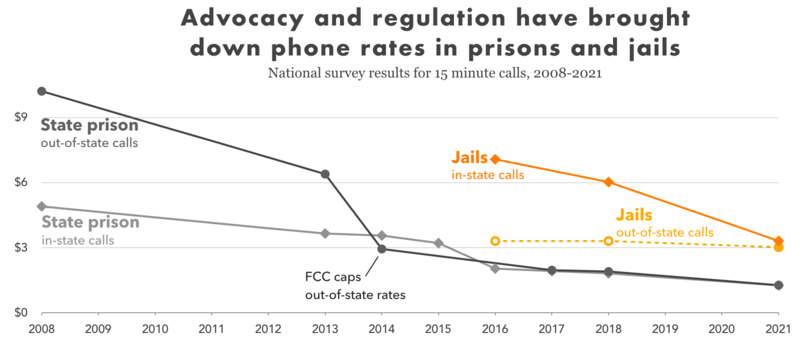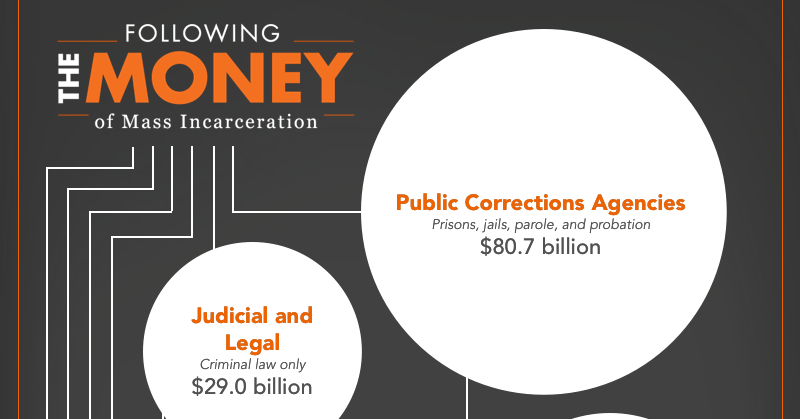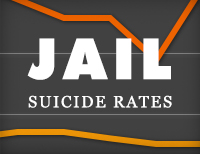Staff picks
Mass Incarceration: The Whole Pie 2025
The United States is one of the top incarcerators of in the world, but this graphic is the first to aggregate the disparate systems of confinement and illustrates where and why 2 million people are locked up in the U.S.
Prison disciplinary systems mimic criminal legal systems — but without the due process protections
In our report Bad Behavior: How prison disciplinary policies manufacture misconduct, we analyzed disciplinary policies in all state prison systems and received testimony from dozens of incarcerated people. We found that unfair and unaccountable systems are counterproductive, traumatizing, and lead to longer prison stays.
The harms of short jail stays Being detained in jail — even for a day or two — has far-reaching impacts, from job loss to death.
Suicide in jails has been an overlooked national crisis for years. The onset of social, physical, and economic harms from being in jail is so immediate, nearly half of jail suicides occur in the first week of detention.
The rate of suicide in local jails — which generally hold people detained pretrial or convicted of low-level offenses — is far greater than that of state prisons or the American population in general.
States of Incarceration: The Global Context (2024) This interactive graphic compares every U.S. state's use of prison to that of other nations.
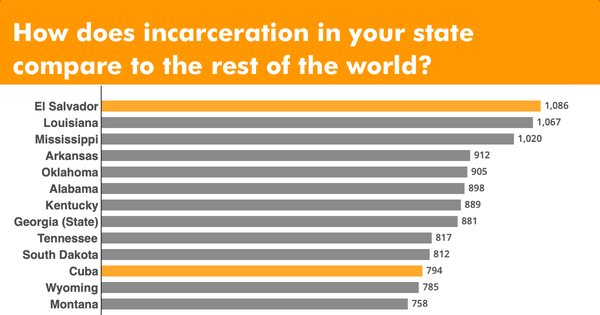
We showed that the average U.S. incarceration rate is way out of line with the international community:
Excessive jailing Our national reliance on pretrial detention has driven the bulk of jail growth over the past four decades. Many of the 460,000 people currently jailed pretrial are there simply because they can’t afford money bail, while others remain in detention without a conviction because a state or federal government agency has placed a “hold” on their release. This update of our 2017 report contains the latest available data about pretrial detention in jails across the U.S.
Women's Mass Incarceration: The Whole Pie 2024 The United States is one of the top incarcerators of women in the world, but this graphic is the first to aggregate the disparate systems of confinement and illustrates where and why 191,000 women are locked up in the U.S.
Punishment Beyond Prisons: Incarceration and supervision by state
Despite the massive number of people under supervision, parole and probation do not receive nearly as much attention as incarceration. Policymakers and the public must understand how deeply linked these systems are to mass incarceration to ensure that these “alternatives” to incarceration aren’t simply expanding it.
The steep cost of medical co-pays in prison puts health at risk
(See our 2022 update of prison copay policies here.)
If your doctor charged a $500 co-pay for every visit, how bad would your health have to get before you made an appointment? You would be right to think such a high cost exploitative, and your neighbors would be right to fear that it would discourage you from getting the care you need for preventable problems. That's not just a hypothetical story; it's the hidden reality of prison life:
Fighting for Prison Telephone Justice
We have been working with partners across the country to bring fairness to the prison and jail phone industry. The cost of everyday communication is arguably the worst price-gouging that people behind bars and their loved ones face. Calls home from local jails — particularly smaller jails — still cost more than calls home from state or federal prisons, but the rates have been coming down thanks to advocate pressure and efforts by the Federal Communications Commission, state legislatures, and state regulatory agencies.
Note: In 2024, the FCC officially approved new telecommunications rules for prisons and jails, including lower rate caps, in response to the Martha Wright-Reed Act. We wrote a briefing summarizing how these new rules will help incarcerated people and their families.
Following the Money of Mass Incarceration In this first-of-its-kind report, we find that the system of mass incarceration costs the government and families of justice-involved people at least $182 billion every year. In this report and visualization, we follow the money:
Events
- April 15-17, 2025:
Sarah Staudt, our Director of Policy and Advocacy, will be attending the MacArthur Safety and Justice Challenge Network Meeting from April 15-17 in Chicago. Drop her a line if you’d like to meet up!
Not near you?
Invite us to your city, college or organization.
